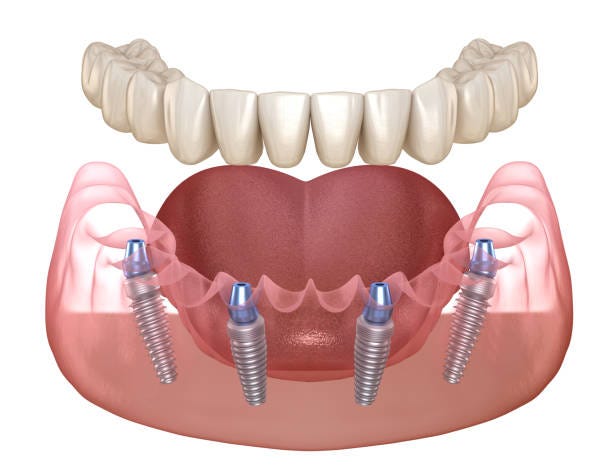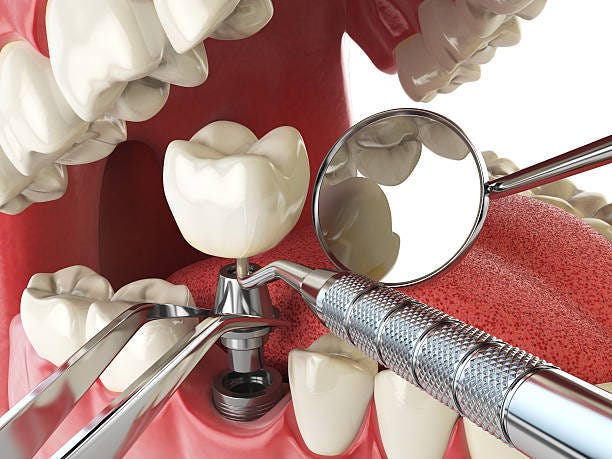If you have lost a tooth, you are probably aware that there are some alternatives to a dental implant. Bridges and dentures can be a solution, but they are not as good as dental implants in the long run.

Dental implants are the best solution when it comes to replacing missing teeth. There are many different ways of replacing lost teeth, but best implant dentist Mumbai can tell you that dental implants are the best option.
What are Dental Implants?
Dental implants are a dental restoration option that provides a foundation for replacement teeth. They are designed to provide a strong, sturdy base that will hold your new teeth in place.
A dental implant consists of two parts: the implant post and the crown. The implant post is placed in your jawbone and allowed time to fuse with it. When this has happened, the tooth is removed from your mouth and replaced by the crown, which is attached to the implant post. Dental implants can be used to replace one or more teeth, or even an entire row of teeth!
Who Needs Dental Implants?
Dental implants are used to replace missing teeth. They can be used in a single tooth or multiple teeth.

Dental implants are a great option for people who want to replace missing teeth. They can be used to replace single teeth, multiple teeth, or all of your teeth. They’re a long-term solution that will last for years and years — so you don’t have to worry about them coming out or breaking.
Dental implants are placed in the jawbone, where they will fuse with living bone tissue. This process occurs over several months, during which time you will be unable to chew food normally. Once the implant has fused with the jawbone, it will support a replacement tooth that can be permanently cemented into place. Here are a few types of Dental Implants in India that you should know:
1. Endosteal: This type of implant is inserted into the bone and is used to replace a single tooth. This type of implant is inserted into the bone and is used to replace a single tooth. The placement of an endosteal implant can be done in a single procedure, although some may require additional steps. For example, if a patient has an infection in their mouth or jawbone that needs to be treated with antibiotics prior to the surgery.
2. Subperiosteal: The implant sits on top of the bone without penetrating it, and requires a small hole in the gums for placement. This type of implant is used to replace multiple teeth with one surgery, or for patients who have compromised gum tissue or jawbone quality.

3. Fixed partial dentures (FPDs): FPDs are commonly used when you have several missing front teeth and would prefer not to have your entire mouth reconstructed with an implant-retained full denture or implant-supported overdenture. Instead, you’ll get removable partial dentures that will be anchored by implants on either side of your mouth — this way, it looks more natural than a traditional full set of false teeth, but still allows you to eat normally with minimal discomfort!
4) Osseointegrated Dental Implants: Osseointegrated dental implants are titanium screws that are surgically implanted into the jawbone, which then grows around them to form an anchor for artificial teeth. These implants can last for decades with proper care, but they’re expensive and require extensive surgery (sometimes during two separate procedures).
A good dentist will be able to answer all your questions and put your fears at rest. They can provide information on what you can do to try to preserve tooth structure or whether you have a dental bridge that could be used. They can also address questions on how you can get the best results quickly and give you tips on how to take care of your implants.
Comments
Post a Comment